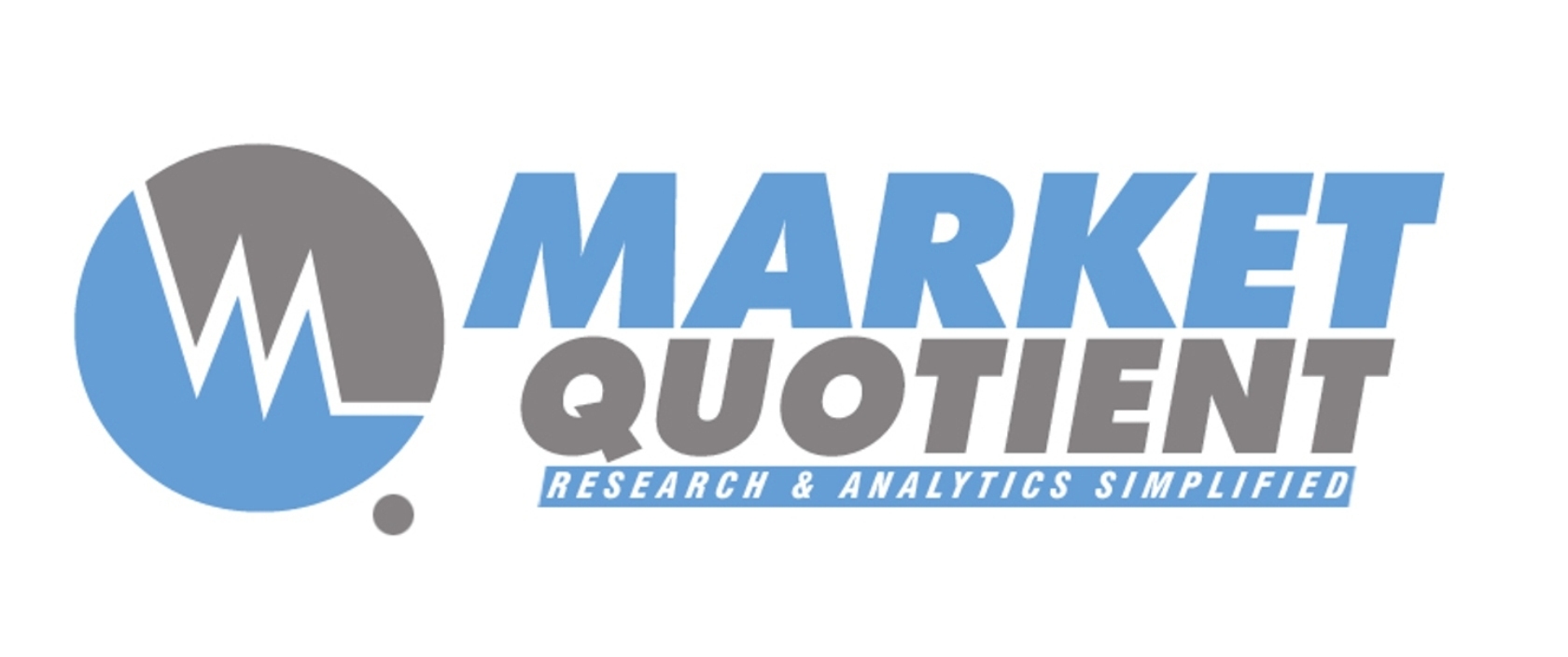If you are eager to get a real time picture of the product movement in the consumer market then you have to keep a close watch on the manufacturer and detailer data from across the supply chain. But things are not as easy as they sound and the volume of data available everyday is actually massive and can appear challenging for you to accumulate and interpret. Thus, you need a skillful approach for gathering data and analyzing them with a logical interpretation.
Interpretation and Convection of Data into Information
The data explosion can frighten any entity, and what is more interesting is that you cannot overlook any of them! It has been estimated by the experts that the volume of data becomes double after every one and half year! But data are as important as fuel for a vehicle, especially for manufacturing sectors and supply chains. If you work a bit harder to understand the real need of data for supply chain, then you will see that data obtained from sectors like shipment, orders and inventory levels from both retailers and manufacturers team up together to present a surer picture about the demand of a particular product in the market. Since, the market is flooded with data, a proper mathematical calculation and analytical perception can convert these relevant data into pertinent information and companies can use them for making critical business strategies.
Making Sure Shot Forecasts is Key buzz
You probably know that entities who can make surer forecasts can always expect better potentials as compared to their competitors. But to be honest, only handful of businesses can actually make reliable forecasts and about 48% of the predictions about the consumer market and product salability remains erroneous! Thus, in absence of predictions on pointers like what to make, how to make, how much to make, when to make, where to sell, businesses suffer. This is because under forecast makes firms loose lucrative opportunities, whereas over forecast lead to excess inventory, low returns on assets and blockage of capital!
It requires to be pointed out here that the traditional form of time series forecasting concentrates upon the historical patterns of demand, promotional plans formulated by planners and expert tips derived from successful sales of products. But where this format of forecasting lacks is that it does not include certain apparently trivial but practically vital factors like natural disaster, unexpected customer attitude, uncalculated competitor attitude, etc. So, you cannot expect to cent percent forecasting.
Making Big Data More Potential
You need to maximize the value of big data. The task needs assimilation of internal as well as external information, thereby making more frequent planning cycles and discovering futuristic trends in analytical technologies and techniques. This will prove valuable for the firms and they will be able to use their money more effectively and refine their services.
While a number of big entities have already started implementing this method, some of them have relied solely upon business intelligence applications only. Although there is nothing wrong in it, these applications demand experts to operate them and use them effectively. Other methods that can also be implemented in order to make big data more profitable are structured mathematical calculations, rules of thumb forecasting, POS data, etc. What is to be noted here is that each of the method has its own set of limitations and merits. Therefore, taking the right decision to implement the right technique is also vital.
This is where the role of expert comes into play. Market Quotient is well versed with all the techniques associated with supply chain analytics. With our analytical farsightedness, we will make sure which method will work best for your company. So take help of us by writing to us at contact@market.quotient.com




